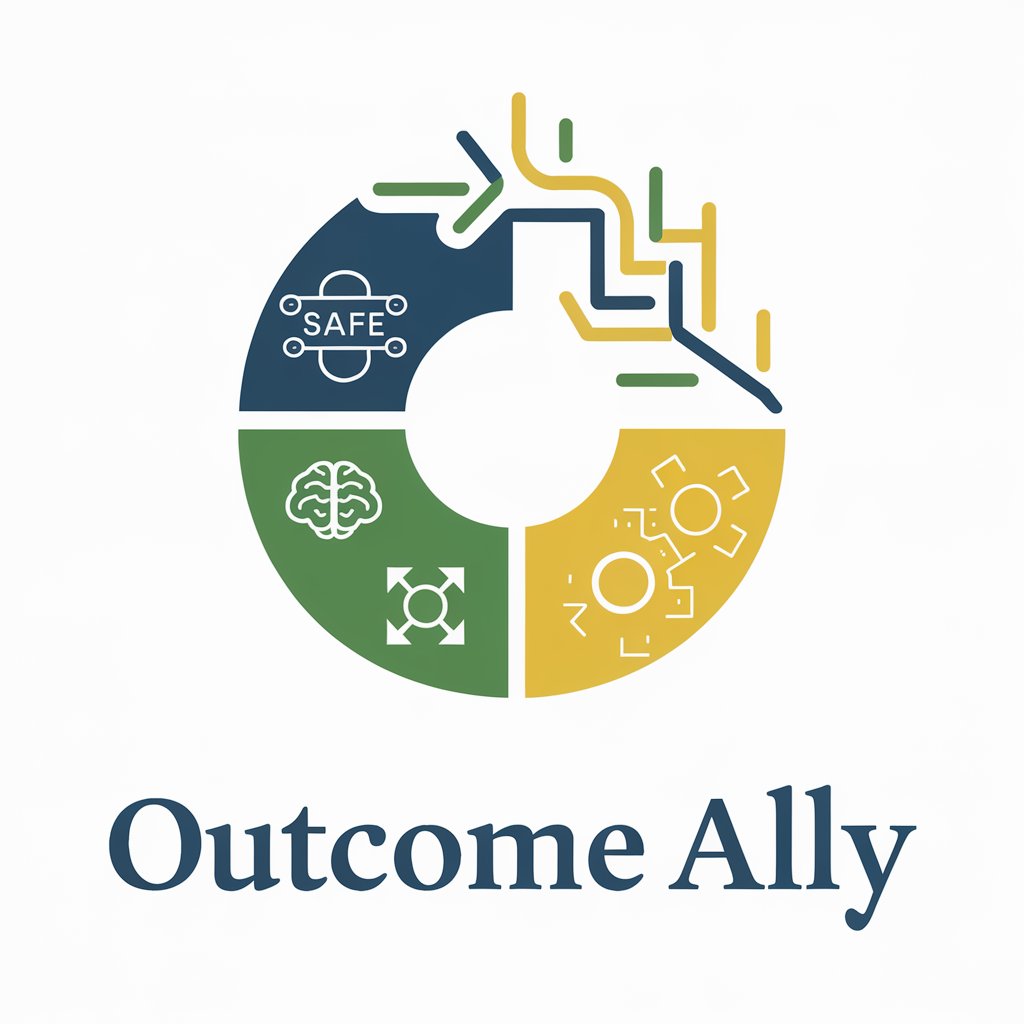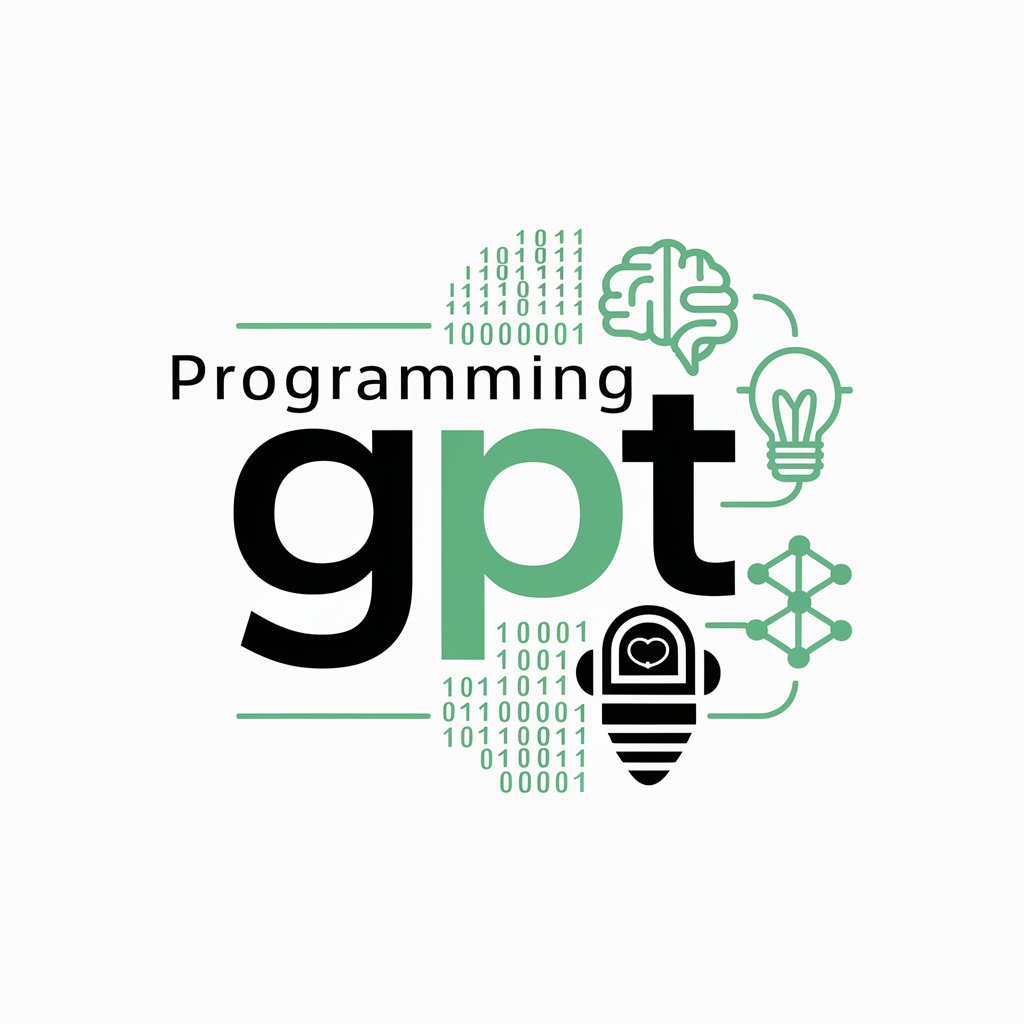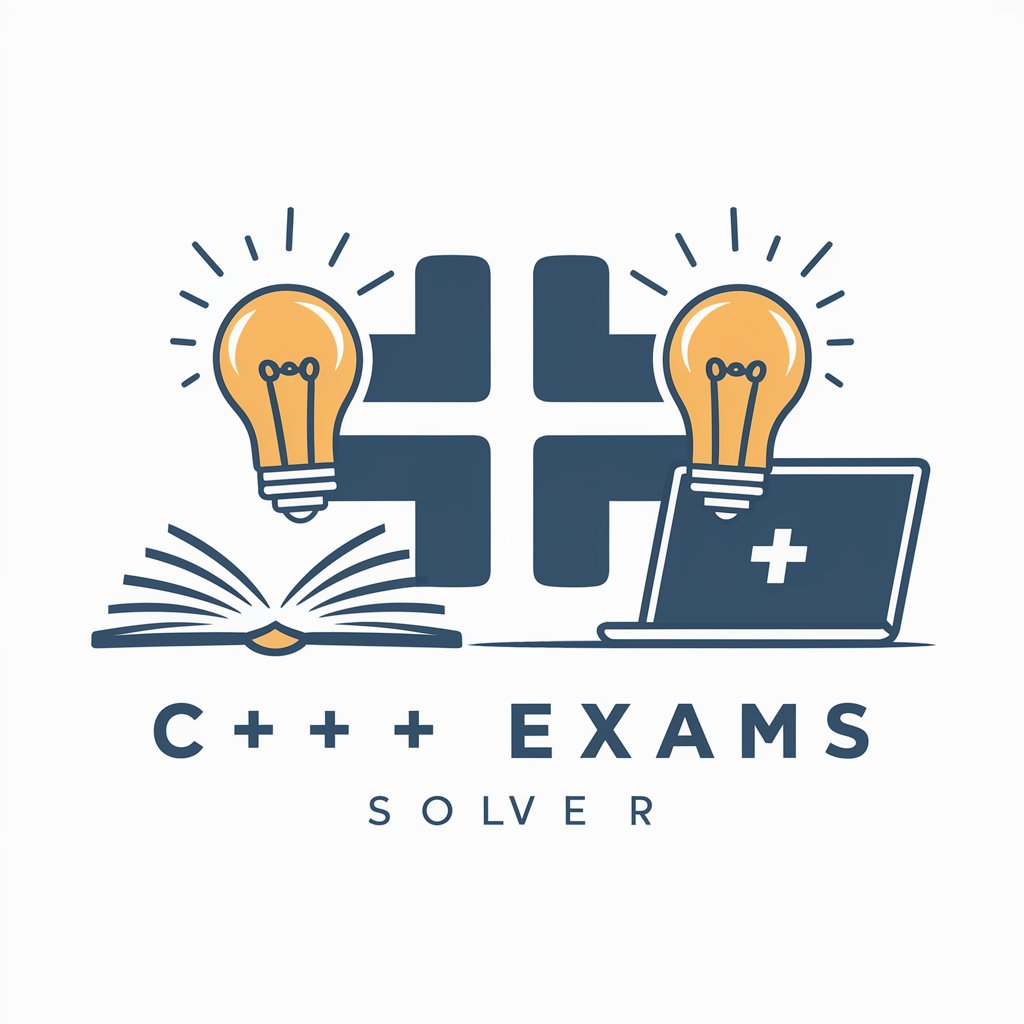Learning Outcome Extraction Tool - Learning Outcome Analysis

Hello, ready to extract verbs!
Unveiling insights with AI-powered learning outcome extraction.
What is Bloom's Taxonomy?
What are the levels of analysis in Bloom's taxonomy?
What is Bloom's taxonomy action verbs?
Get Embed Code
Learning Outcome Extraction Tool Overview
The Learning Outcome Extraction Tool is designed to analyze educational content and extract specific learning outcomes from it. Its core functionality revolves around identifying action verbs and corresponding Bloom's Taxonomy levels within educational materials. This process aids in categorizing and understanding the depth of knowledge and skills intended to be conveyed or assessed. For example, in a course syllabus or educational text, the tool can pinpoint learning outcomes such as 'Analyze financial markets' and determine that 'Analyze' corresponds to the 'Analyze' level in Bloom's Taxonomy, indicating a higher-order thinking skill required. Powered by ChatGPT-4o。

Core Functions and Applications
Extraction of Learning Outcomes
Example
Identifying 'Evaluate economic theories' as an outcome where 'Evaluate' suggests a critical thinking skill.
Scenario
In curriculum development, educators can use this tool to ensure that their syllabus aligns with desired educational standards and learning levels.
Classification by Bloom's Taxonomy
Example
Classifying 'Define historical terms' under 'Remember', indicating foundational knowledge acquisition.
Scenario
Assessment designers might use the tool to verify that exam questions cover a range of cognitive levels appropriate for the course objectives.
Curriculum Design and Assessment Alignment
Example
Aligning learning outcomes with assessment items to ensure that evaluations accurately reflect course objectives.
Scenario
Educational researchers can analyze course materials to study the alignment between intended learning outcomes and the assessments used to measure them.
Target User Groups
Educators and Curriculum Designers
These users can leverage the tool to structure syllabi that clearly outline the intended learning outcomes and corresponding cognitive levels, ensuring that educational objectives are met efficiently.
Educational Researchers
Researchers in the field of education can utilize the tool to analyze and compare educational materials across different levels or institutions, contributing to studies on pedagogical effectiveness and curriculum development.
Assessment and Examination Boards
Boards responsible for creating standardized tests and assessments can use the tool to ensure that questions and tasks are aligned with the cognitive levels intended by the educational standards, promoting fairness and accuracy in testing.

How to Use Learning Outcome Extraction Tool
1
Access the tool easily by navigating to yeschat.ai for a complimentary trial, with no requirement for a ChatGPT Plus subscription.
2
Upload or input the text from which you wish to extract learning outcomes. Ensure the text is clear and structured for optimal results.
3
Specify the extraction criteria by indicating keywords, phrases, or the particular structure of the learning outcomes you're targeting.
4
Execute the extraction process. The tool will analyze the provided text, identifying and extracting the specified learning outcomes.
5
Review and refine the results. You may adjust the criteria and re-run the extraction as needed to optimize the accuracy and relevance of the outcomes.
Try other advanced and practical GPTs
Outcome Ally
Empower Your Product Development with AI

Ultimate Author Agent
Empowering Academic Excellence with AI

Congress Trading Strategy Helper
Empower Your Trades with AI-Driven Congressional Insights

Screenshot to Code GPT
Turning designs into code, effortlessly.

Biblical Speech Assistant
Empowering Speeches with AI-Powered Biblical Insights

Programmer
Empowering your coding journey with AI.

Cold Calling Coach
Transforming Rejections into Connections with AI

FREE Realistic AI Image Generator - Film Noir
Crafting shadows, revealing mysteries with AI

Brick it
Turn any photo into a Lego masterpiece.

To tailwind
AI-powered Tailwind CSS Assistant

C++ Exam Solver
AI-powered C++ learning and exam prep

650 Char Article Composer
Crafting precision in every word.

Frequently Asked Questions about Learning Outcome Extraction Tool
What exactly is the Learning Outcome Extraction Tool?
The Learning Outcome Extraction Tool is an AI-powered application designed to identify and extract specific learning outcomes from educational content, making it easier for educators and curriculum developers to align teaching materials with educational objectives.
Who can benefit from using this tool?
Educators, academic researchers, curriculum developers, and instructional designers can benefit significantly from using this tool to streamline the development of educational materials and ensure alignment with learning objectives.
Can this tool handle documents of any size?
Yes, the tool is capable of handling documents of various sizes. However, for optimal performance and accuracy, it's recommended to process sections of large documents individually.
Does the tool support multiple languages?
Currently, the Learning Outcome Extraction Tool primarily supports English. Work is ongoing to include additional languages based on user feedback and demand.
How accurate is the learning outcome extraction?
The tool's accuracy is high, leveraging advanced AI algorithms. However, the clarity of the input text and the specificity of the extraction criteria can affect the results. Users are encouraged to review and refine the outcomes.
